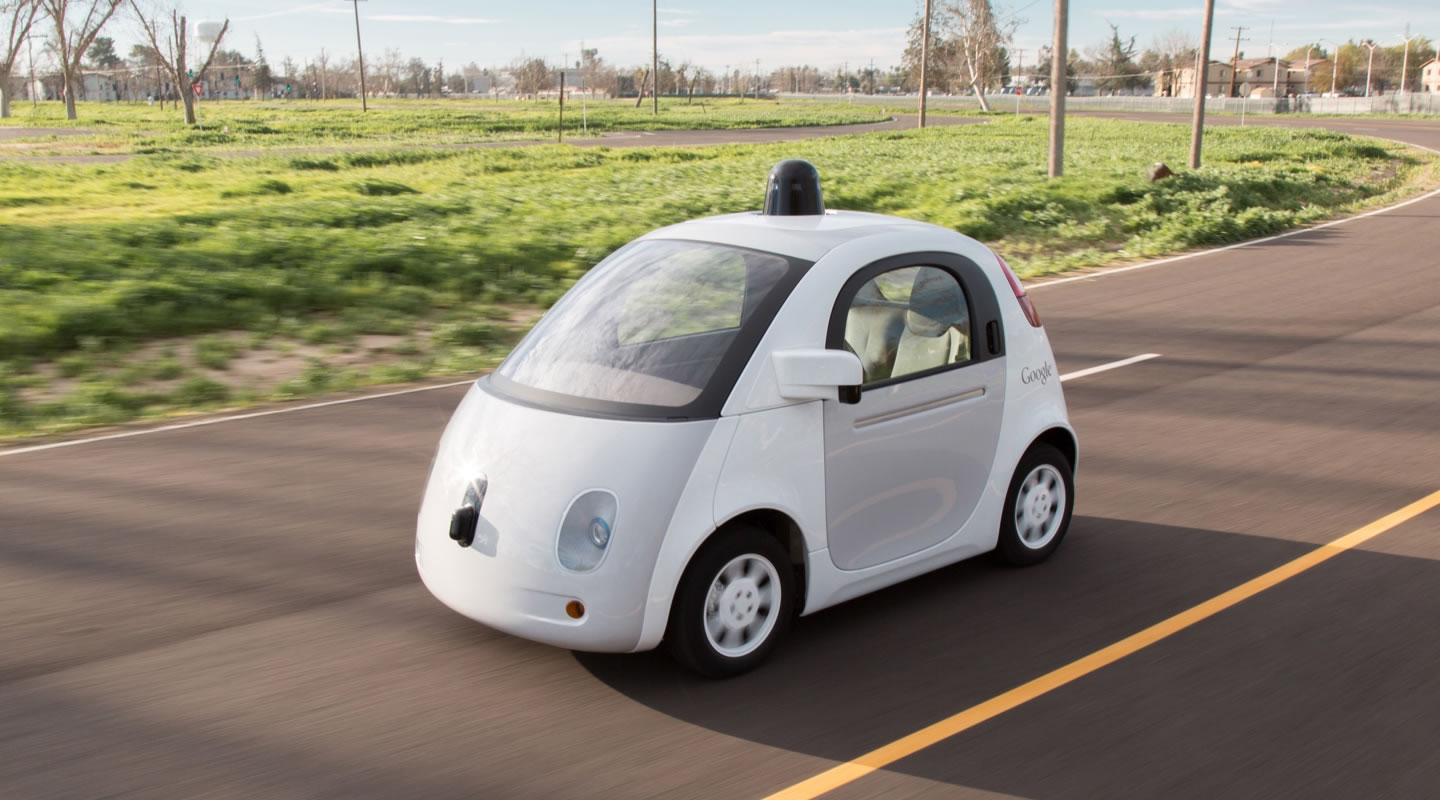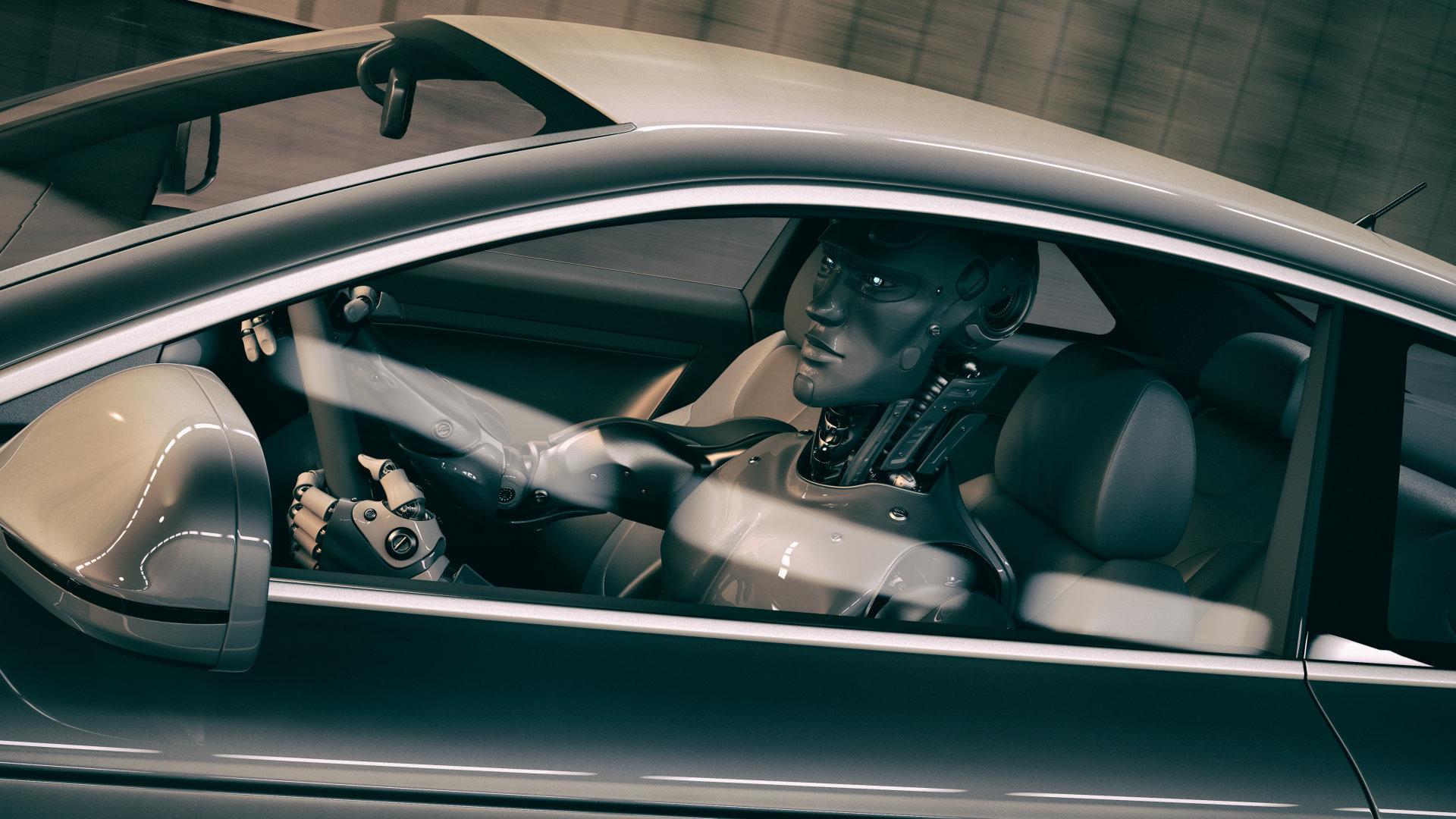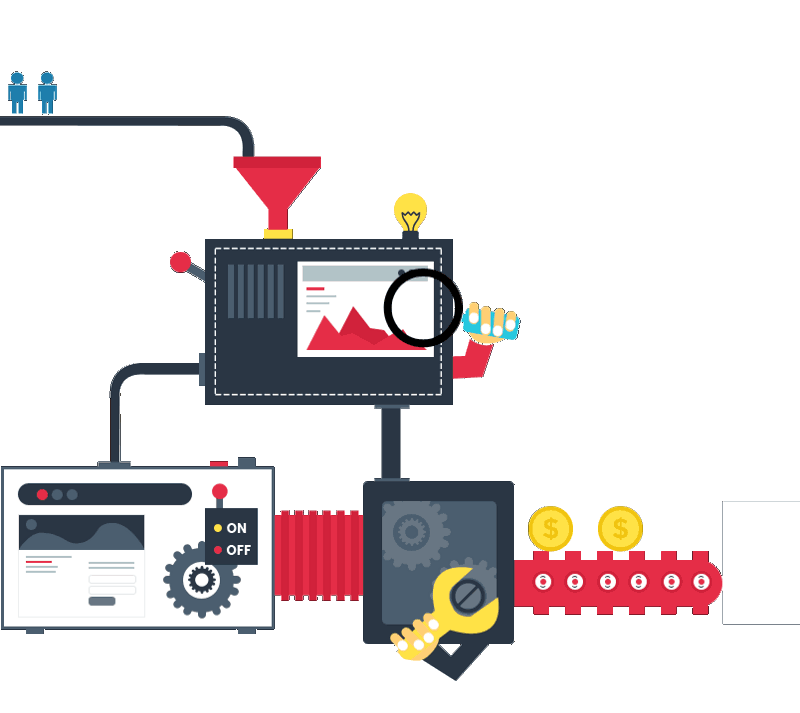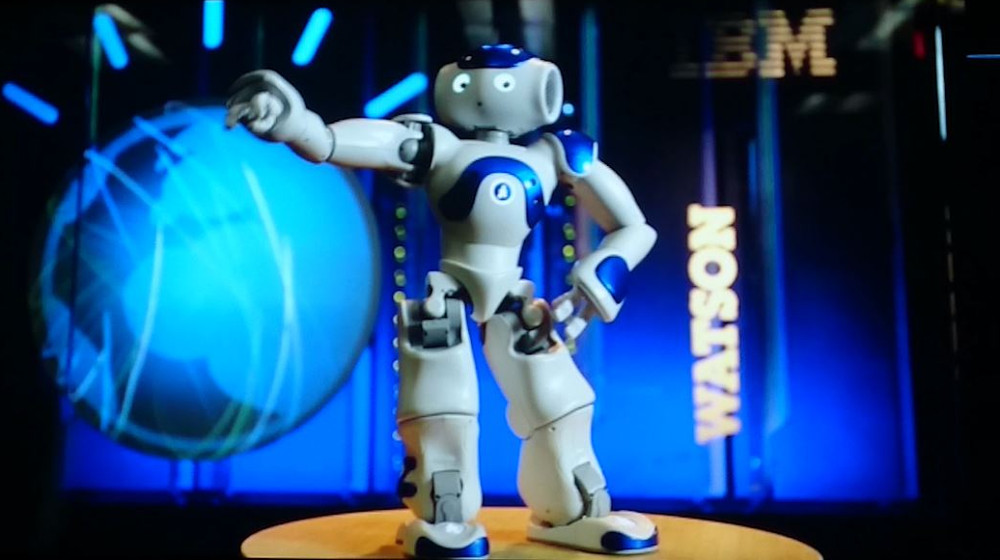
Artificial intelligence is interesting for millions of people around the world. We want to have robots clean our house, talk to us, and support. Still, we often think about types of artificial intelligence as about mighty robots that will take over most of our jobs. Can this happen in the near future? Not likely. However, there are already many awesome kinds of artificial intelligence.
Let’s start with major artificial intelligence categories:
- ANI
- AGI
- ASI
ANI stands for Artificial Narrow Intelligence. It’s often called Weak AI. This AI is considered to be weak because it specializes in only one category. AGI, Artificial General Intelligence is also called Strong AI or Human-Level AI. As you may understand from the name, AGI has the same capabilities as a human. ASI, Artificial Superintelligence, is the type of intelligence that is smarter than humans.
Nowadays the world is running on ANI. AGI may be created in the near future, while ASI – in the distant future. However, you may check out ANI examples, because they are everywhere.
ANI examples
Have you got a car? Look for self-driving cars. For example, check out Google autonomous electric cars that are controlled by Google Chauffeur software. There are already functional prototypes. These driverless cars don’t have steering wheels or pedals. Being equipped with LIDAR system and a Velodyne 64-beam laser, Google cars generate 3D maps of the environment and use them for driving.

According to the results presented in June 2015, Google self-driving vehicles have driven more than 1,000,000 mi. Besides, they’ve encountered 180 million other vehicles and 200,000 stop signs. The testing speed isn’t higher than 25 mph. Besides, there is always a safety driver aboard. However, on February 2016 a self-driving car struck a bus while trying to avoid sandbags. There were incidents of other types. However, most of them happened because of other drivers making mistakes.
Google still has to work on some issues. For example, this type of cars has problems with identifying trash and light debris on the road, spotting police officers or other people who signal the car to stop. However, Google plans to fix these issues by 2020.
Another example of artificial narrow intelligence is Siri or Cortana. It’s a type of an assistant that provides you with needed answers, reminds about events, and saves a lot of your time. However, such assistants aren’t as powerful as we want them to be. Talking to Siri or Cortana is still a source of jokes. Apple, Microsoft, Google and other big companies are working on making these assistants more effective. Waiting to try out their more powerful versions.

Mail filters are another type of artificial intelligence. Using artificial neural network, they spot and flag special messages. They identify the source of letters and keep the spam box level low. Of course, these filters aren’t perfect. How many times have you missed an important email because it got into a spam box? It happened to me more than 3 times. That’s why I’m happy that companies are working on improving this service. For example, Google is changing its detection algorithms.
The next type of artificial narrow intelligence is speech recognition software. We’ve already got used to it. Siri, Cortana, Ok Google don’t surprise us anymore. You may also have used such speech recognition software as Dragon NaturallySpeaking, TalkTyper, Braina, SpeechGear, etc. All of them have advantages and disadvantages. You may choose the software you like most of all taking into account your needs and requirements.
Are robots ANI or AGI?
Robots are also types of artificial intelligence. As most of them have only several functions, they are kinds of ANI. That means they are good at something but they can’t be perfect assistants that are cleverer than humans.
In order to check whether some types of artificial intelligence fall into ANI or AGI, scientists use several tests. The first test is called the Turing test. It tests the ability of a computer or a machine to exhibit behavior similar to that of a human. For example, evaluators had to test conversations between a human and a machine. If a machine has convinced the evaluator 70% of the conversation time, it has passed the test.
The Turing test has many interpretations. One of them is used for choosing the winner of the Loebner Prize. If a program or application can fool half of the judges into considering it to be a human, than it will win the first prize. The conversation should last for 30 minutes.
The second variant is easier to understand. It’s called a coffee test. A robot’s goal is to go into an average home, identify coffee, and figure out how to make it properly. If a robot can do that effectively, it may be perceived as a type of AGI.
The third test you will like is the robot college student test. If a robot can enroll into the university and take classes the same way people do, it is a type of artificial general intelligence. It’d be interesting to have a robot as your course mate.

The next test is connected with employment. A robot will be perceived as a type of AGI if it can pass vocational tests. Additional tasks include driving and writing exams. All these tests seem to be interesting and effective. However, are there already any robots that can take them effectively and fall into AGI category? These robots must be clever learners that can make decisions, answer questions, make conclusions, and use different approaches for solving various types of problems. The robots we have now aren’t AGI. However, they are effective in carrying out their tasks.
For example, there is a personal home health robot Pillo that helps people manage their health. Pillo looks modern and stylish. It can answer wellness and health questions. Pillo may contact healthcare professionals. Besides, it stores and dispenses vitamins and medications. If needed, this health robot may order refills. With voice and facial recognition technology, Pillo can recognize all family members and remind everyone about the pills or vitamins they need. This robot is a nice companion that cares about the health of all family members. Now it’s only a prototype. I’m eager to watch this robot functioning in everyday life. What about you?

The next robot I’d like to check out is Alpha 2, the first humanoid robot. In future, this robot must carry out a bunch of functions including tutoring, interpreting, smart home management. It’s a type of artificial intelligence that will function as a weatherman and storyteller, a home office assistant and an entertainer. It will be able to dance with you, teach you some yoga poses, and web search for all questions you have. Alpha 2 is already in stores. Still, it doesn’t have all the previously mentioned features now. Developers are working on it to make effective robots a reality as soon as possible.

As you see, there are three types of artificial intelligence: ANI, AGI, and ASI. ANI is already here. Scientists, developers, and other people work on it to take ANI to the next level and bring effective AGI into the world. At Letzgro, we want to become a part of it. If you are a fan of AI, let’s help you find out how to use AI development in your business. It’ll be an interesting journey. Hop on!


